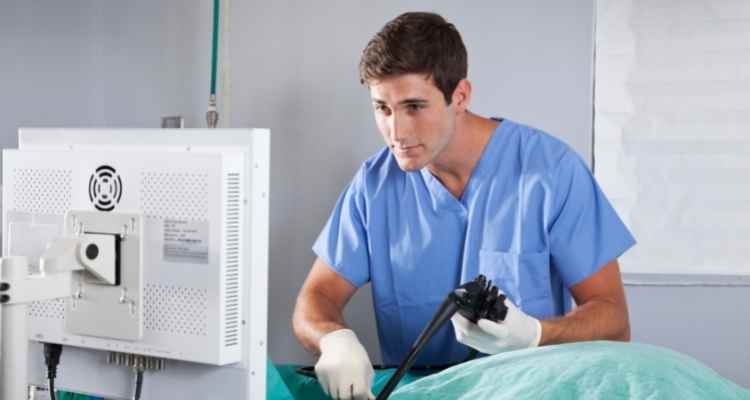Diagnosis is a crucial part of treatment as it helps your doctor establish the source of a medical problem and guides the treatment method you may need. Lima endoscopy is one of the diagnostic processes that doctors use to diagnose diseases in various parts of your body, such as the esophagus, stomach, abdomen, urinary tract, and colon. Besides diagnosing a particular disease, your doctor may recommend an endoscopic procedure for other reasons, including laparoscopic surgery and medicine administration. Other times endoscopy is used to screen for colon cancer which helps patients begin treatment earlier before cancer spreads.
What are the different types of endoscopy?
Colonoscopy
Colonoscopy enables your specialist to view your entire colon and is a test commonly used to screen for colon cancer. This procedure allows your specialist to view the lining of your colon and a part of your small intestines. Your doctor can detect and sometimes treat fistula, fissures, strictures, and Crohn’s disease through colonoscopy. Sedation is required before the test to facilitate a patient’s comfort during the procedure. During the test, your endoscopist uses a tiny flexible tube fitted with a miniature camera connected to a monitor that your specialist watches when performing the test. In some cases, miniaturized tools such as biopsy forceps and cytology brushes collect tissue.
Sigmoidoscopy
Unlike colonoscopy, sigmoidoscopy evaluates only the lower third of your colon. During the test, your doctor will carefully guide a flexible tube through your anus, into the rectum, and the lower part of the colon. Most patients do not require sedation, although your specialist may use it when needed. The test may help detect rectal bleeding, fissures, fistula, malignant lesions, colorectal cancer, and polyps. However, this test should not be a substitute for colonoscopy. When a polyp is detected during a sigmoidoscopy, your specialist may recommend colonoscopy to check for any other polyps.
Upper endoscopy
This test can obtain biopsies to test for medical conditions such as anemia, inflammation, and digestive system cancers. Sedation before the procedure ensures a patient is comfortable during the test. Your doctor may recommend upper endoscopy if you exhibit signs and symptoms of vomiting, gastrointestinal bleeding, nausea, and abdominal pain. Although upper endoscopy is generally a safe procedure, there is a possibility for complications such as infection and tearing of the gastrointestinal tract.
Enteroscopy
Enteroscopy allows your doctor to view the inside of your small bowel or intestines using a longer conventional endoscope, capsule endoscope, or a double-balloon endoscope. Your specialist may use this test to identify the source of intestinal bleeding or lesions in your small intestines. Enteroscopy can also help your doctor determine the cause of nutritional mal-absorption. With capsule endoscopy, patients swallow a capsule that transmits images of their small bowel. After 8 hours, the tablet passes through a bowel movement. This method of enteroscopy is painless and does not require any sedation. However, capsule endoscopy cannot treat or obtain a biopsy.
Endoscopy is constantly advancing, with newer methods such as capsule endoscopy and chromoendoscopy being used in medical facilities today. To learn more about endoscopy, book a session with your specialist at GI Physician Inc. to learn more.

